ABOUT
SVID
Sunnyside Valley Irrigation District
History
The Washington Irrigation Company and its predecessor owners first served lands currently within the boundaries of the Sunnyside Valley Irrigation District (SVID). In 1892 the first water was delivered by the Northern Pacific and Yakima Irrigation Company, a subsidiary of the Northern Pacific Railroad.
On October 23, 1905, the United States Reclamation Service, now the Bureau of Reclamation, purchased the Sunnyside Canal system from the Washington Irrigation Company. The Sunnyside Waterusers’ Association was formed in 1906 to provide an entity to contract with the United States Reclamation Service.
The Sunnyside Valley Irrigation District (SVID) was organized on January 22, 1917, to replace the Sunnyside Water Users Association.
The Sunnyside Valley Irrigation District (SVID) is located in Yakima and Benton counties in South Central Washington.
SVID is a governmental entity and is not privately owned or operated for profit but is operated by the landowners of SVID for their mutual benefit.
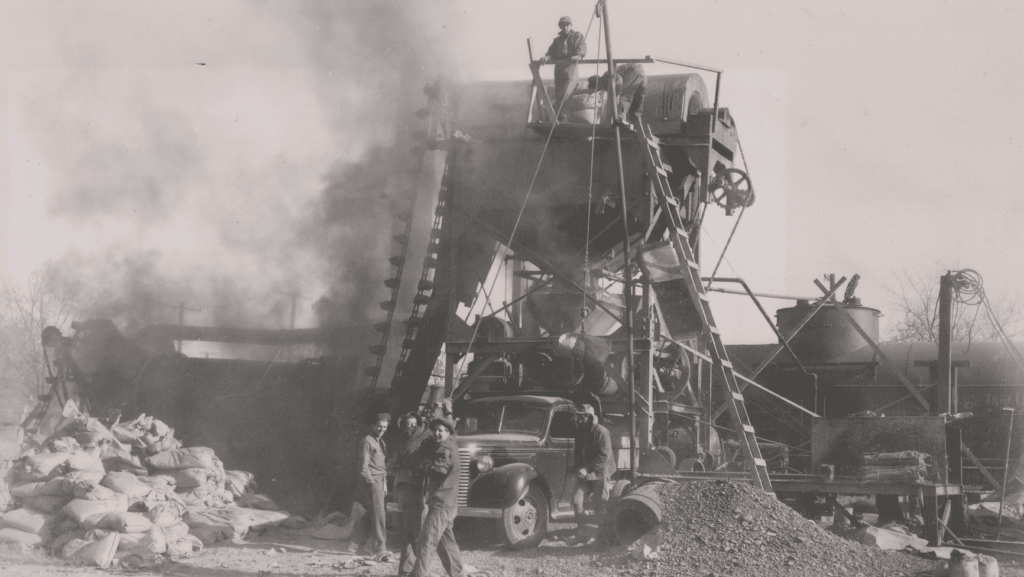
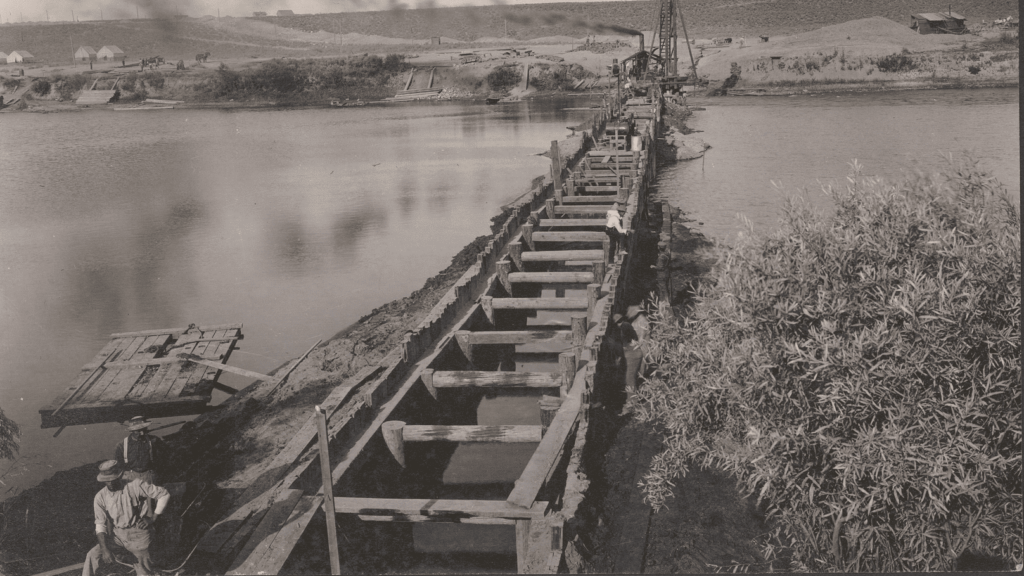
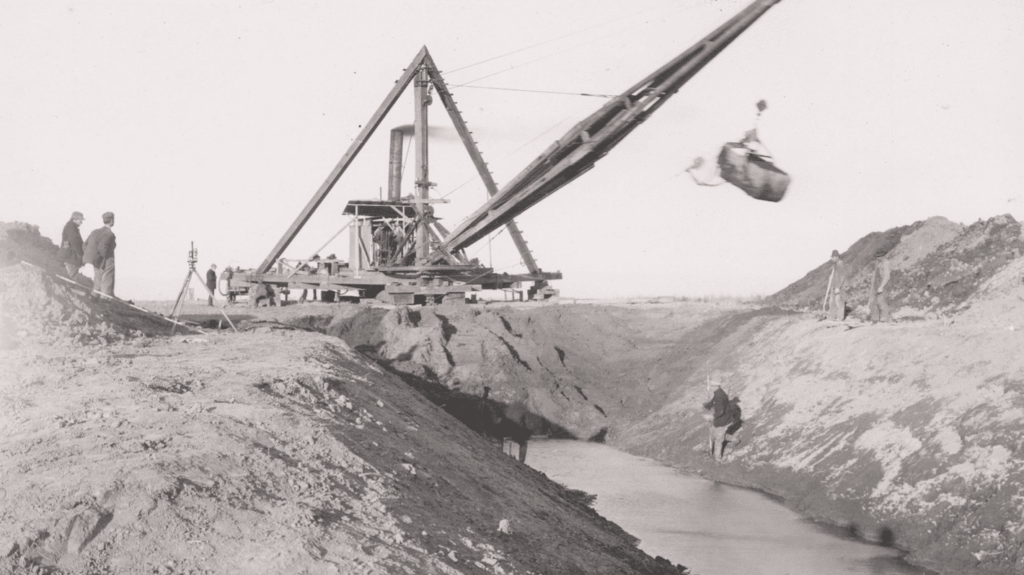
Purpose
SVID exists primarily to deliver irrigation water to landowners in an efficient manner at the lowest possible cost consistent with good management practices.
Service Area
SVID is one of nearly 100 irrigation districts in the state of Washington and is the fifth largest.
Canals
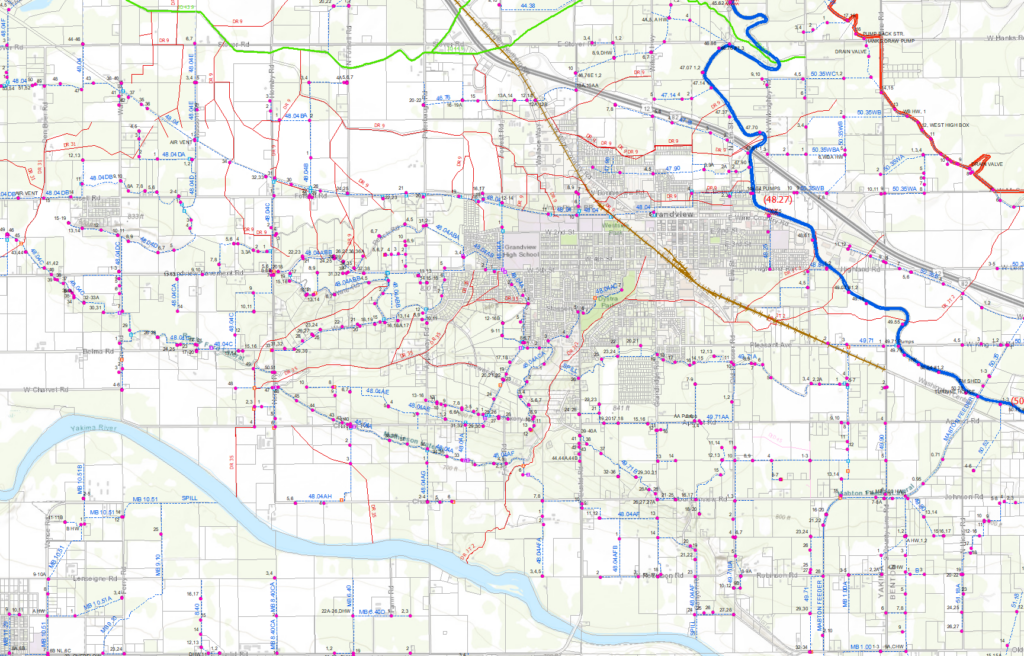
Irrigation Season
The season usually runs from early April 1st through October 20th. Canal operations generally begin in mid-March.
Structure
For operation and maintenance purposes, SVID is divided into two geographical areas, the Upper and Lower Divisions. The Upper Division and Lower Division split the district east of Sunnyside. The Upper Division begins at the diversion dam, extends to and includes Sunnyside while the Lower Division extends from east of Sunnyside to northwest of Benton City.
Governance
A five-member Board of Directors has ultimate responsibility for the administration, operation, and maintenance of SVID.
The directors are landowners who, in turn, hire a manager to carry out the Board’s policies.
Drainage
SVID oversees the maintenance of over 170 miles of district drains as well as approximately 80 miles of joint drains common to Roza Irrigation District and Sunnyside Division.
Many Drainage Improvement Districts (DIDs) have been merged into SVID and are now called DRs.
Office Location
Staff
SVID has approximately 75 employees, including management, clerical, engineering, water quality and supervisory personnel. Field employees include ditchriders, maintenance workers, heavy equipment operators, and others.
SDBOC
Sunnyside Division Board of Control
Sunnyside Division
The various entities receiving water from the Sunnyside Canal are collectively referred to as the Sunnyside Division of the Yakima Reclamation Project.
The Division is approximately 60 miles in length and from one to 12 miles in width.
The Sunnyside Division originally consisted of fourteen entities located in Yakima and Benton Counties in south central Washington. Currently there are seven separate entities within the Sunnyside Division.
Organization
The Sunnyside Division is one of six divisions of the U.S. Bureau of Reclamation’s (USBR) Yakima Project, which includes Roza, Kittitas, Tieton, Kennewick, Wapato Division, and the storage division.
Service Area
The Sunnyside Division is comprised by all the lands served by the Sunnyside Canal, which serves 94,614 acres.
Sunnyside Valley Irrigation District, the largest entity in the Sunnyside Division, comprises approximately 95 percent of the land in the Division.
History
Diversion from the Yakima River for the Sunnyside Division lands began in the late 1880’s when the Konewock Ditch Company diverted water to approximately 3,500 acres and Piety Flat Ditch Company diverted water to 610 acres.
In 1891, the Northern Pacific Railroad began constructing the Sunnyside Canal.
On October 23. 1905, the Sunnyside Canal was officially transferred to the U.S. Reclamation Service (today’s USBR) which established Sunnyside as one of the two earliest developments in the Yakima River Basin.
The government purchased the project from the Washington Irrigation Company and its predecessors, which had been diverting water at the Sunnyside Dam since 1891. The Sunnyside Dam was completed in its present form in 1907.
The Bureau of Reclamation operated and maintained the conveyance and distribution facilities in the Sunnyside Division until a Board of Control was formed in 1945.
Responsibility for operation and maintenance of the Canal and other joint facilities was transferred to the Board of Control at that time with SVID as the operating agent.
The operation and maintenance of the Sunnyside Diversion Dam together with the newly constructed sluice gate was transferred to the Board of Control in 1959.
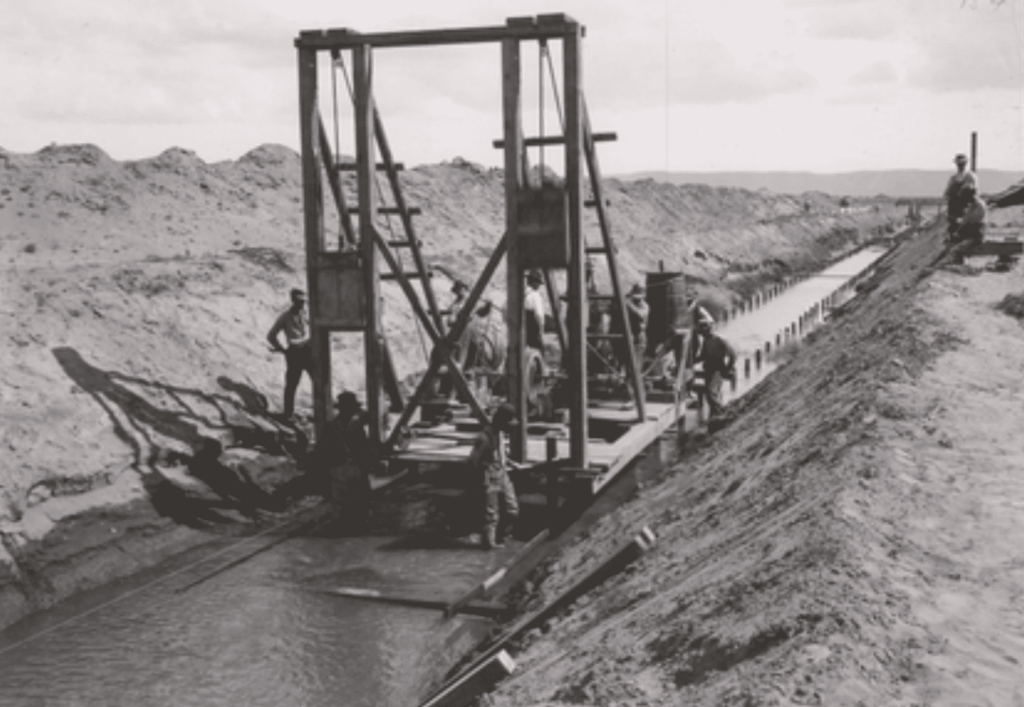
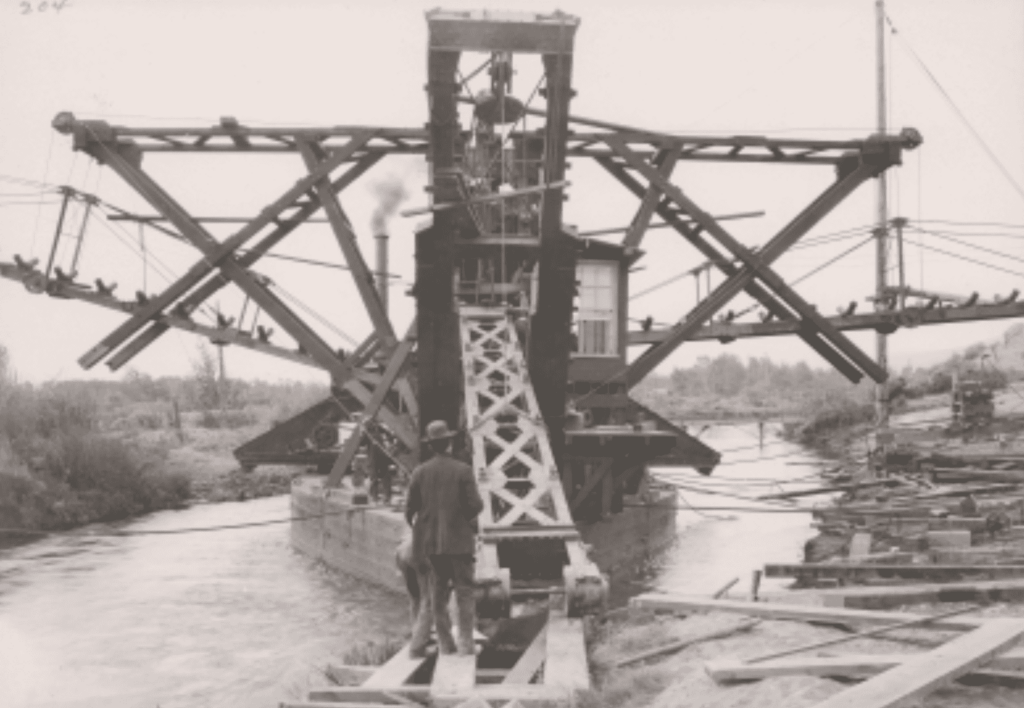
Water Supply
Sunnyside Division water supply comes from the Yakima River Watershed.
The Yakima River Watershed includes five storage reservoirs, which store a total of 1-million-acre feet: Keechelus, Kachess, Cle Elum, Bumping and Rimrock.
RSBOJC
Roza-Sunnyside Board of Joint Control
History
HB 2537 was introduced in 1996, providing for modifications to the creation and operation of irrigation district joint control boards and was signed by the Governor on March 30, 1996. The Roza-Sunnyside Board of Joint Control (RSBOJC) was formed under the name of Yakima County Board of Joint Control #1 and approved by petition by the Yakima County Commissioners on August 13, 1996.
Purpose
The Board provided a forum for two large irrigation entities in the lower Yakima Valley to come together to enhance water conservation & efficiencies and co-manage water resources throughout the Lower Yakima River Basin jointly and cooperatively.
Service Area
The Sunnyside Division Board of Control (SDBOC) and Roza Irrigation District (RID) are the fifth and sixth largest districts, respectively, in Washington with a combined acreage of 167,214.
Governance
A twelve-member Board of Directors, composed of the five Directors of the Sunnyside Valley Irrigation District (SVID), the five Directors of the Roza Irrigation District (RID), and two members of the Sunnyside Division Board of Control as designated by the Sunnyside Division Board of Control (SDBOC).
Office Locations
Staff
RSBOJC has no staff but shares the cost of health and safety, water quality, and computer/server hardware & software.
RSBOJC Water Quality Laboratory
In 1997, RSBOJC created the water quality lab to address the water quality issues in the Lower Yakima River.
